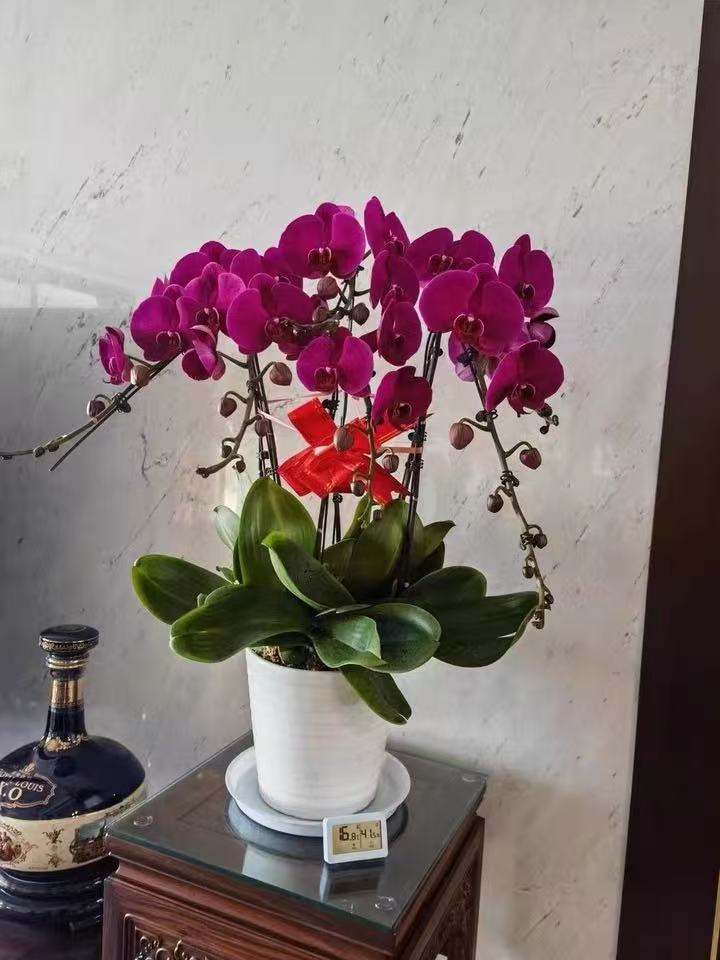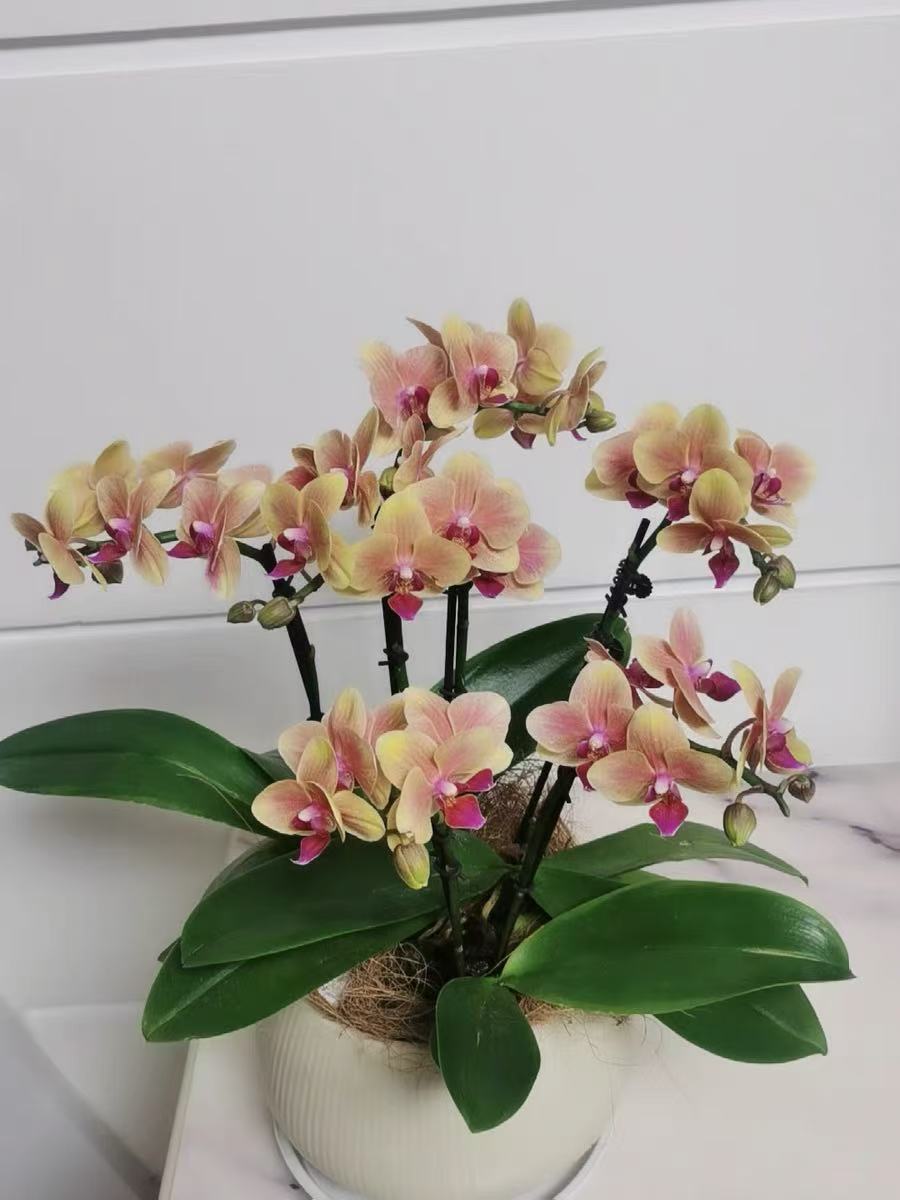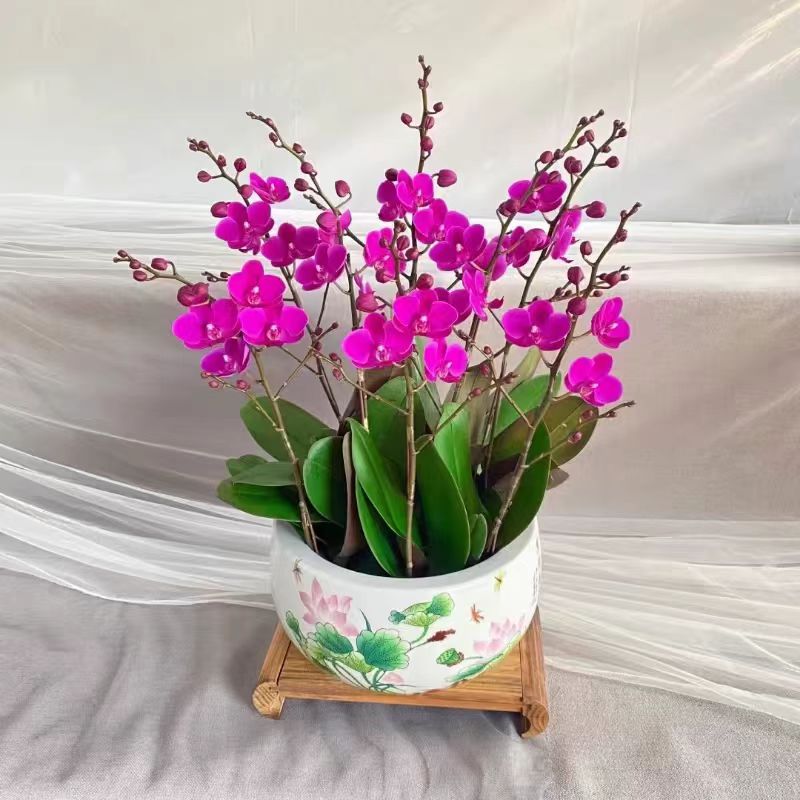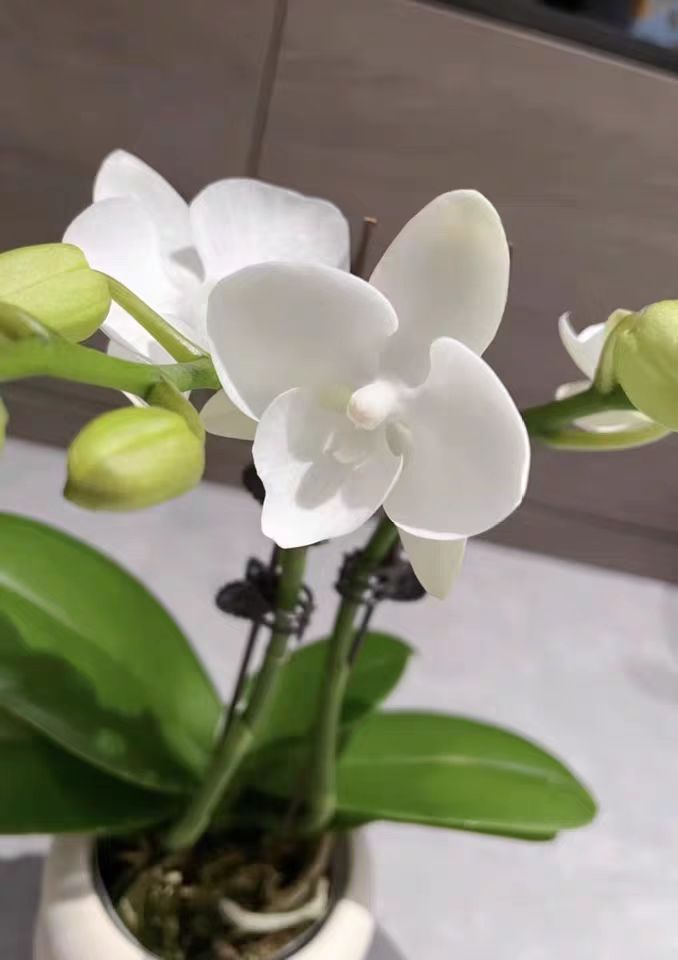Banana peels are a natural fertilizer rich in potassium, which is particularly suitable for flower cultivation. They can not only promote the growth of plants but also enhance their resistance. Compared with other fruit peels, banana peels are more prone to rotting and are easily absorbed by the soil, making them an excellent material for daily composting.
Phalaenopsis is an epiphytic plant. It has a special growth environment and the cultivation medium it requires is not soil, but a mixed medium of sphagnum moss, bark, etc. When fertilizing Phalaenopsis, special attention needs to be paid to methods and techniques. Here are several effective ways to fertilize Phalaenopsis with banana peels:
Drying and Grinding Method: Cut the banana peels into small pieces, put them in an oven preheated to 70 - 90 degrees Celsius, and bake until the banana peels turn black and brittle. Take out the dried banana peels and grind them into powder using a blender or food processor. Sprinkle the banana peel powder on the surface of the Phalaenopsis soil or mix it into the soil to provide a continuous supply of potassium fertilizer.
Soaking and Fermenting Method: Chop the banana peels and put them into a plastic bottle filled with water, then seal the bottle cap. Place the bottle in the sun to promote the fermentation of the peels. The fermentation time usually ranges from half a month to a month. After fermentation, dilute the fermented water and use it to water the Phalaenopsis. This method can provide rich nutrients for the plants, but pay attention to the dilution ratio to avoid excessive nutrition.
Composting Method: Mix the banana peel pieces with other organic waste (such as dead leaves, vegetable residues, etc.) and put them in a compost bin or compost heap. Keep the compost moist and turn it regularly to promote decomposition. After the banana peels are completely decomposed, use the compost as fertilizer for Phalaenopsis. It can be scattered on the soil surface or mixed into the soil during planting.
Precautions:
When using banana peels as fertilizer, ensure that the banana peels are clean and free of residual pesticides or other chemicals.
Apply fertilizer in moderation. Excessive use may lead to nutrient imbalance in the soil and even burn the roots of the plants.
If you choose to ferment banana peels by soaking, make sure the container is sealed to prevent odors and pests.
Closely observe the growth of Phalaenopsis. If abnormal phenomena such as yellowing leaves or slow growth occur, it may be due to improper use of fertilizer, and the fertilization method needs to be adjusted in a timely manner.
Through the above introduction, we already know that banana peels can indeed be a useful fertilizer for growing flowers, injecting a continuous supply of energy into the growth of Phalaenopsis. Making clever use of these banana peels that were originally discarded not only adheres to the concept of environmental protection but also enables the Phalaenopsis at home to show a more beautiful appearance.
Can banana peels be used as fertilizer for growing flowers?

Share with
Tagged in :




Leave a Reply